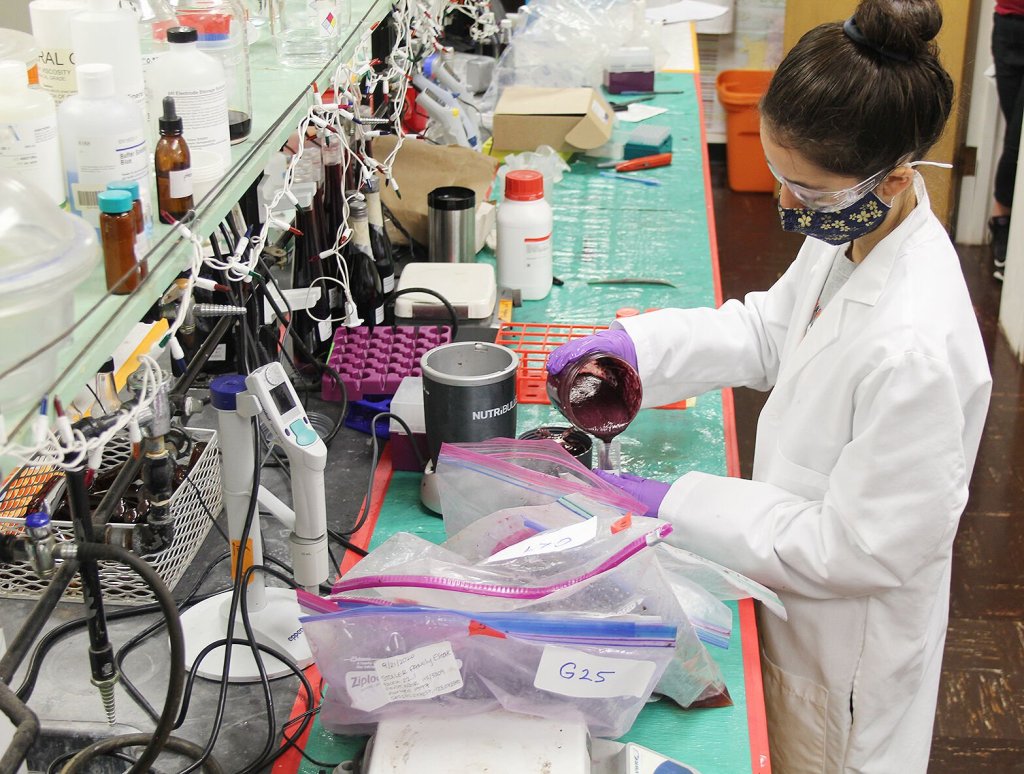OSU ag college receives record research funding
Published 3:00 pm Monday, September 11, 2023

- Research funding at Oregon State University's College of Agricultural Sciences during the 2023 fiscal year was $114 million, up 30% over 2022, which also was an all-time record.
CORVALLIS — Oregon State University’s College of Agricultural Sciences set a record for research funding in fiscal 2023 with $114 million — the top mark among all OSU’s colleges for the year.
The ag college’s research funding was up 30% over 2022, which also was an all-time record.
Since 2019, the college has more than doubled its research funding, according to university data.
The most notable College of Agricultural Sciences research funding for 2023 was a $50 million U.S. Department of Agriculture grant. OSU is using that to partner with the Pacific Northwest potato industry, Native American tribes, the University of Idaho and Washington State University to find ways for farmers to use climate-smart growing practices to improve soil health.
Officials believe the climate-smart potato project is the largest research study ever for the college.
“That has a significant impact nationwide,” said Heidi Happonen, College of Agricultural Sciences marketing and communications director.
She added that more than 60% of U.S. potatoes are grown in the Northwest.
Happonen said the dramatic funding increase occurred, in part, because the college focused on using interdisciplinary research to identify and solve pressing problems facing food systems, the agricultural industry and ecosystems. That starts with listening to communities and industry stakeholders.
Staci Simonich, named College of Agricultural Sciences dean in 2022, also brought tremendous energy for research, Happonen said.
“Her enthusiasm for the potential the college has to make a difference is pretty contagious,” Happonen added.
She said the ag college accounts for approximately 25% of all research proposals at OSU.
“We’re a robust research hub of a robust research institution. … Clearly, we’ve got remarkable faculty, scientists and researchers,” Happonen said.
Research funding comes from a variety of sources. For the College of Agricultural Sciences, more than 85% was from federal agencies in 2023, followed by 5% from OSU’s Agricultural Research Foundation, 4% from state agencies and 3% from nonprofits. International and industry groups also contributed to studies.
The college’s research funding for 2023 topped the College of Earth, Ocean, and Atmospheric Sciences, which reported $112 million, according to staff.
Overall, OSU had a record $480 million in research funding for 2023, up about 32% over the previous year.
“It is an amazing accomplishment to receive this type of funding, and we expect it to continue to grow, giving us the ability to increase the impact of our research,” said Irem Tumer, OSU vice president for research, in an email.
Tumer said OSU has ramped up support for researchers so they can go after more opportunities.
The university changed its method for totaling research awards in 2023, omitting income such items as licensing revenue, fees for testing and services, and certain gifts to the OSU Foundation. The new method of tabulation aligns OSU with most other major research universities.
Under the new method, OSU had $364.7 million in research funding in 2022, $288.4 million in 2021, $354.2 million in 2020 and $351.8 million in 2019.









